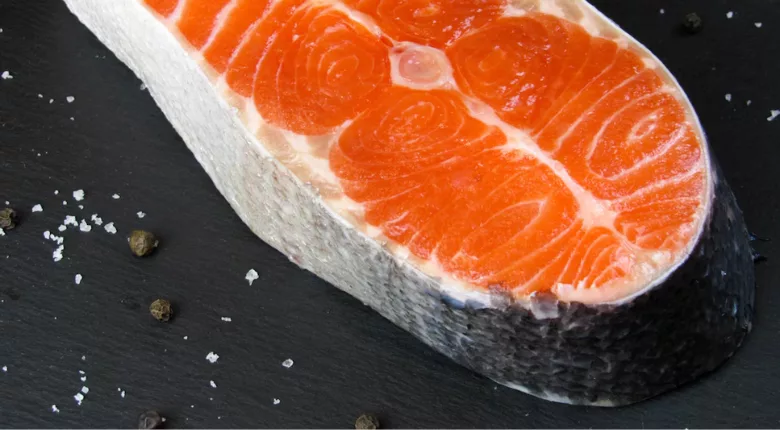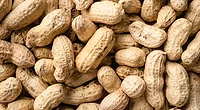Pathogens, Heavy Metals Most Common Causes of Food Safety Alerts for Seafood in EU

Image credit: Karyna Panchenko via Unsplash
In recent years, food safety hazard notifications concerning seafood originating from EU countries have accounted for the majority of notifications recorded through the Rapid Alert System for Food and Feed (RASFF), according to an analysis of RASFF activity from 1996–2020. In their article, the researchers explain that this is a concern because the free movement of goods is allowed within the EU, which, along with the growth of intra-EU seafood trade, further increases the possibility of the spread of hazards.
RASFF is the EU’s platform for exchanging information between Member States to support swift action by food safety authorities in the case of risks to public health. The recent study analyzed RASFF notifications involving seafood for the years of 1996–2020, taking into account hazard, year, product, notifying country, country of origin, notification type, notification basis, distribution status, and action taken.
The most notified seafood commodities were shrimp (13 percent), tuna (10 percent), swordfish (9.6 percent), salmon (5.5 percent), and mussels (4.7 percent), mainly originating from Spain (11.3 percent), Germany (7.4 percent), and France (5.8 percent) within the EU, and Vietnam (8.6 percent), India (54 percent), and China (4.8 percent) outside of the EU.
Official controls on the market (37 percent) and border controls (32 percent) were the most common ways in which the food safety concern was noticed and submitted to RASFF, and 18.3 percent of reported product was not distributed.
Microbiological contamination caused the majority of RASFF notifications, accounting for 27.6 percent. Of these, Listeria monocytogenes (6.4 percent), Salmonella (4.1 percent), Escherichia coli (3.9 percent), Vibrio (3.6 percent), and norovirus (2.2 percent) were the most significant. L. monocytogenes was reported primarily in salmon over a wide range of time, while other pathogens, such as Salmonella, were associated with more varied food sources, or were not as prevalent throughout the entire reporting period. E. coli was reported most in mussels and clams, and Vibrio in shrimps.
Heavy metals were the second most common notification type, which the researchers note is particularly dangerous due to bioaccumulation. The researchers express concern over this type of hazard, as the disturbance of heavy metals leading to contamination can often be the result of human activity, such as emissions and mineral extraction, and the elimination of heavy metals from the environment is impossible as they are naturally occurring. Semi-enclosed areas such as the Baltic Sea will be important regions to reduce land-based emissions to mitigate contamination. Natural causes increasing the risk of contamination, which may also be indirectly exacerbated by human activity (i.e., climate change), are changes in salinity, sea level, and temperature. Winds, currents, and tides can also have an effect.
Regarding specific heavy metals, mercury accounted for 13.9 percent of notifications, largely in swordfish, and cadmium was the reason for 5.9 percent of notifications, associated with crab and swordfish. While mercury has proved an issue throughout the entire reporting period, cadmium reports spiked in 2003 and 2009.
Another chemical causing a large number of notifications was veterinary chemicals (8.5 percent). Following veterinary chemicals, insufficient food safety controls (7.6 percent), especially poor hygiene or temperature control, parasites (4.7 percent), especially Anisakis, and additives/allergens (4.2 percent), especially sulphite, were the most significant notification types.
Looking for quick answers on food safety topics?
Try Ask FSM, our new smart AI search tool.
Ask FSM →









